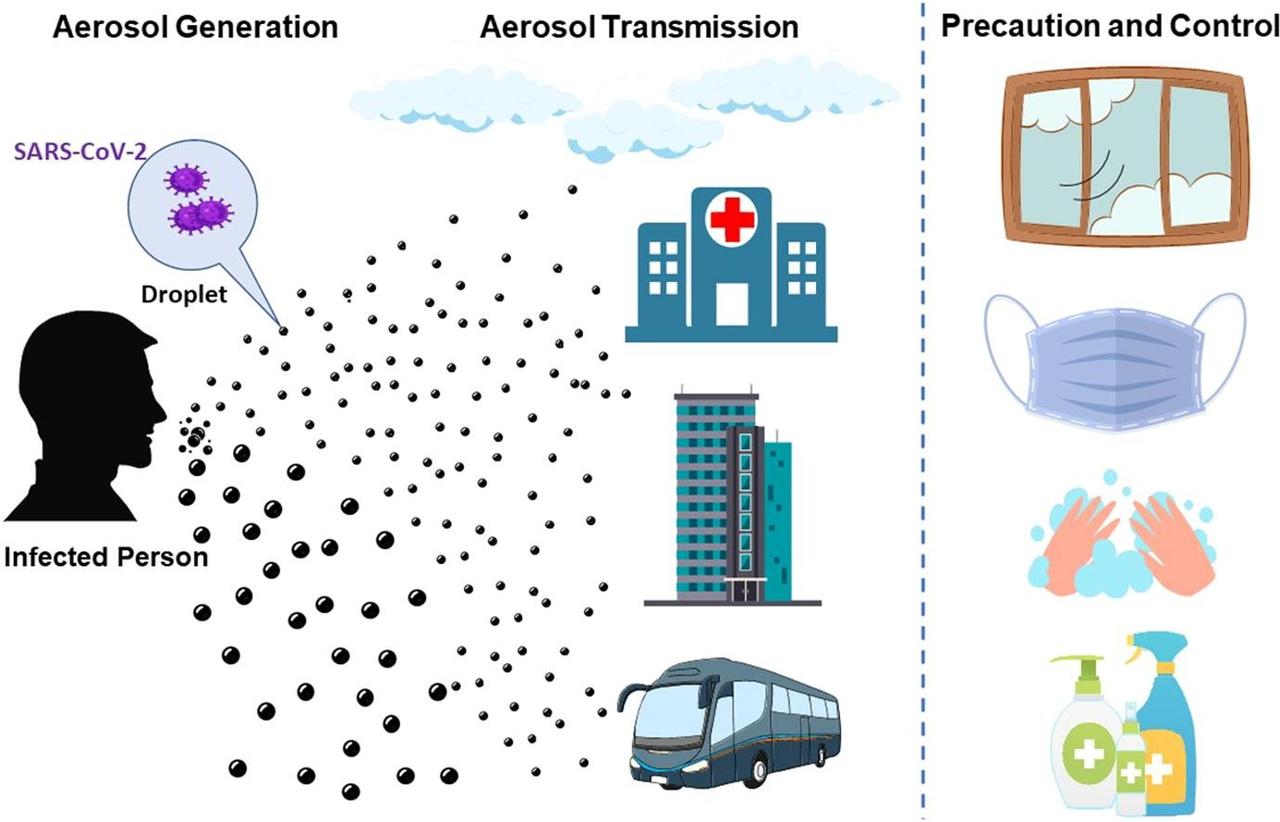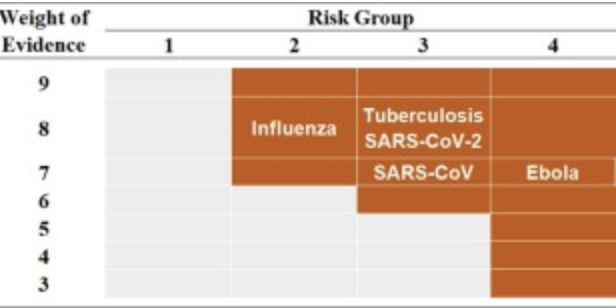Traces Of COVID-19 Found In Abandoned Apartment Bathroom Offer New Clues About How It Spreads
Tyler Durden
Wed, 08/26/2020 – 22:05
Still haunted by the memory of SARS, contact tracers in Guangzhou, China, have worked diligently to monitor the outbreak in their community. So, when a group of researchers happened upon an unusual situation – a group of five family members who all tested positive living below an apartment that had been unoccupied for months.
Researchers decided to do some research, and have published their findings as a case study in Environmental International, which was picked up by Bloomberg.
In the latest research to support the notion that the virus coronavirus in the bathroom of an unoccupied apartment in Guangzhou, China, suggests the airborne pathogen may have wafted upwards through drain pipes, an echo of a large SARS outbreak in Hong Kong 17 years ago.
According to the research, traces of SARS-CoV-2 were detected on the sink, faucet and shower handle of a long-vacant apartment situated near the apartment of the family mentioned above. The contaminated bathroom was located directly above the home of five people confirmed a week earlier to have COVID-19. The study was carried out by researchers at the Chinese Center for Disease Control and Prevention.
The scientists conducted what they described as an “on-site tracer simulation experiment” to see whether the virus could be spread through waste pipes via tiny airborne particles created by the force of a toilet flushing.
They found evidence of these aerosols in bathrooms 10 and 12 levels above the infected family’s apartment. Two cases were confirmed on each of those floors in early February, raising concern that SARS-CoV-2-laden particles from the infected family’s stool had drifted into their homes via plumbing and managed to successfully infect others.
For those who don’t understand the physics behind aerosol particles, the study’s authors offered a visual guide.
Here’s an abstract from the report.
As public health teams respond to the pandemic of coronavirus disease 2019 (COVID-19), containment and understanding of the modes of severe acute respiratory syndrome coronavirus 2 (SARS-CoV-2) transmission is of utmost importance for policy making. During this time, governmental agencies have been instructing the community on handwashing and physical distancing measures. However, there is no agreement on the role of aerosol transmission for SARS-CoV-2. To this end, we aimed to review the evidence of aerosol transmission of SARS-CoV-2. Several studies support that aerosol transmission of SARS-CoV-2 is plausible, and the plausibility score (weight of combined evidence) is 8 out of 9. Precautionary control strategies should consider aerosol transmission for effective mitigation of SARS-CoV-2.
It’s just the latest piece of evidence suggesting that the coronavirus is indeed “airborne” – that is, it spreads via tiny particles called “aerosols”. Like the abstract reflects, the data collected in this experiment suggest that the chances of aerosols being a significant means of infection are 8 in 9.
At one point in the paper, the Chinese researchers take a swipe at organizations like the WHO, which has been slow to recognize the risks surrounding aerosol transmission. This is a dangerous assumption, especially considering the fact that transmission via surface contact and large-droplet transmission (which inspired the mandatory mask orders) has almost no actual evidence to back it up, but rather are the results of early assumptions that have endured for various and sundry reasons.
Current evidence on SARS-CoV-2 has limitations, but is strongly indicative of aerosols as one of several routes of COVID-19 transmission. It should be noted that the equivalent evidence for contact and large droplet transmission is not available, but has been an unproven assumption from the outset. Epidemiologic and experimental data continues to be obtained at a rapid pace, and the role of aerosols in COVID-19 transmission should be revisited in light of the emerging evidence.
The study also attacks another alleged misconception: the notion that SARS-CoV-2 spreads mainly through respiratory droplets, spatters of saliva or discharge from the nose.
But since the first weeks of the pandemic, scientists in China have warned that virus in an infected person’s stool can help spread it. Studies in Guangdong province have found evidence of the virus in the stool of the infected.
This means that bathrooms could be a key breeding ground for coronavirus transmission, because they “may promote fecal-derived aerosol transmission if used improperly, particularly in hospitals,” the China CDC researchers said. They cited a fluid-dynamics simulation that showed a “massive upward transport of virus aerosol particles” during flushing. This creates a “fecal plume” that could be particularly infectious.
Though, to be sure, the extent to which people are infected by these plumes isn’t known. But readers can find the study in its entirety here.
1-s2.0-S0160412020319942-main (1).pdf by Zerohedge on Scribd

